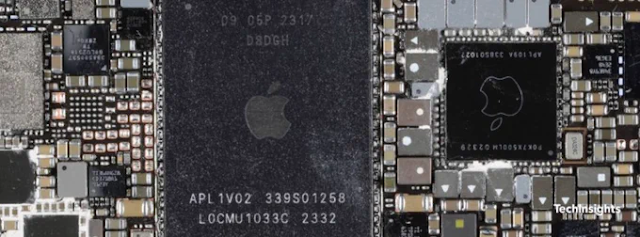TechInsights has confirmed Micron's cutting-edge D1β LPDDR5 16 Gb DRAM chips in the Apple iPhone 15 Pro, marking the industry's first venture into the D1β generation. These chips are smaller and denser than their predecessors, showcasing significant advancements in DRAM technology. Notably, Micron has achieved this without utilizing Extreme Ultraviolet Lithography (EUVL), a technique employed by competitors like Samsung and SK Hynix for their DRAM processes. This achievement highlights Micron's dedication to pushing the boundaries of DRAM technology, emphasizing innovation and efficiency in the tech landscape. Micron's groundbreaking D1β LPDDR5 16 Gb DRAM chip promises to reshape the future of memory technology, setting a new standard for the industry.
(Source Micron.com)
1-BETA includes cool stuff
"While the industry has begun to shift to a new tool that uses extreme ultraviolet light to overcome these technical challenges, Micron has tapped into its proven leading-edge nano-manufacturing and lithography prowess to bypass this still emergent technology. Doing so involves applying the company’s proprietary, advanced multi-patterning techniques and immersion capabilities to pattern these minuscule features with the highest precision," Micron explains. Thy Tran, VP Process Integration, Micron
Sources:
Micron LPDDR5 16 Gb Non-EUVL Chip Found in Apple iPhone 15 Pro | TechInsights
LPDRAM | LPDDR | Micron Technology
Micron Ships World’s Most Advanced DRAM Technology With 1-Beta Node | Micron Technology



%20(1).png)


No comments:
Post a Comment